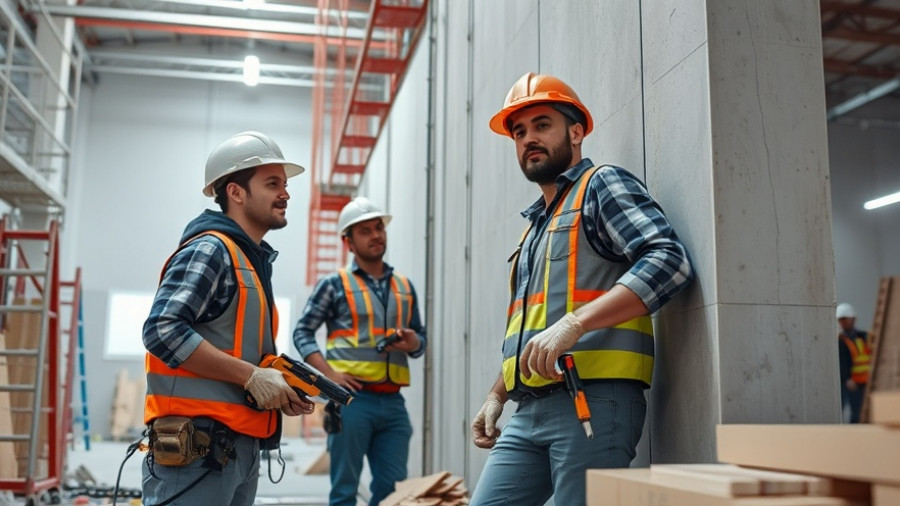
Revolutionizing Window Installation in High-Performance Walls
When it comes to modern construction, high-performance wall assemblies are no longer a luxury; they are a necessity. The shift from traditional to innovative building methods reflects a growing recognition of the importance of energy efficiency, durability, and occupant comfort. Particularly in the realm of window installation, this transition speaks volumes about how we can build better homes.
Why Traditional Methods Are Outdated
Traditional building techniques, often involving uninsulated walls and basic window installations, are becoming increasingly ineffective. As noted in the industry, the reliance on outdated methods typically results in buildings that are not only less energy-efficient but also uncomfortable to live in, leading to fluctuating indoor temperatures and elevated energy bills. Therefore, it’s imperative for builders and architects to transition towards more sophisticated methods that prioritize sustainability and performance.
Key Advantages of High-Performance Wall Assemblies
High-performance wall assemblies provide several key benefits:
- Energy Efficiency: Utilizing advanced insulation and airtight structures reduces energy consumption.
- Moisture Control: Improved designs help prevent mold growth, a common issue in poorly constructed walls.
- Acoustic Comfort: Enhanced sound insulation leads to quieter interiors, promoting a pleasant living environment.
- Durability: High-quality materials increase the longevity of the structure, resisting climate extremes.
These advancements in window installation and wall assemblies are not just better for the environment, but they also enhance the quality of life for inhabitants.
Exploring Various Wall Assembly Types
Understanding the different types of high-performance wall assemblies is crucial for achieving optimal energy performance. Here are a few innovative assemblies:
1. Split-Insulated Wall (R-30)
This assembly utilizes a cost-effective combination of interior and exterior insulation, allowing for a superior thermal performance without the bulk of thicker walls. The key is the insulation ratio, which should be tailored to the climate; typically, a mix of 39% interior and 61% exterior insulation is ideal for milder climates.
2. Stud Wall with Larsen Truss (R-33)
This method adds a lightweight truss for greater insulation capacity, making it less expensive and more versatile for retrofits. Not only does it provide efficiency, but it also plays a significant role in moisture control.
3. Insulated Concrete Form (ICF) Wall (R-43)
ICF walls are unparalleled in energy conservation, boasting high R-values and structural integrity that can withstand harsher weather conditions. This type of assembly emphasizes continuous insulation for maximum thermal resistance.
4. Prefabricated Engineered Panels
These panels leverage offsite fabrication to ensure quality control and faster assembly times, significantly reducing waste and improving site management. They integrate seamlessly with high-performance windows, optimizing air and water performance.
Making the Transition
Transitioning to high-performance wall assemblies requires a trustworthy team experienced in advanced building practices. Key steps include establishing clear performance objectives, employing the right materials, and adhering strictly to installation guidelines. When these elements are combined, they lead to holistic building solutions that prioritize sustainability and occupant health.
Your Next Project Awaits
As we embrace these innovative window installation methods and wall assemblies, the challenge lies in execution. For anyone considering a high-performance construction project, it’s time to connect with experts who specialize in these advanced techniques. Let’s collaborate to build a more sustainable future.
 Add Row
Add Row  Add
Add 




Write A Comment